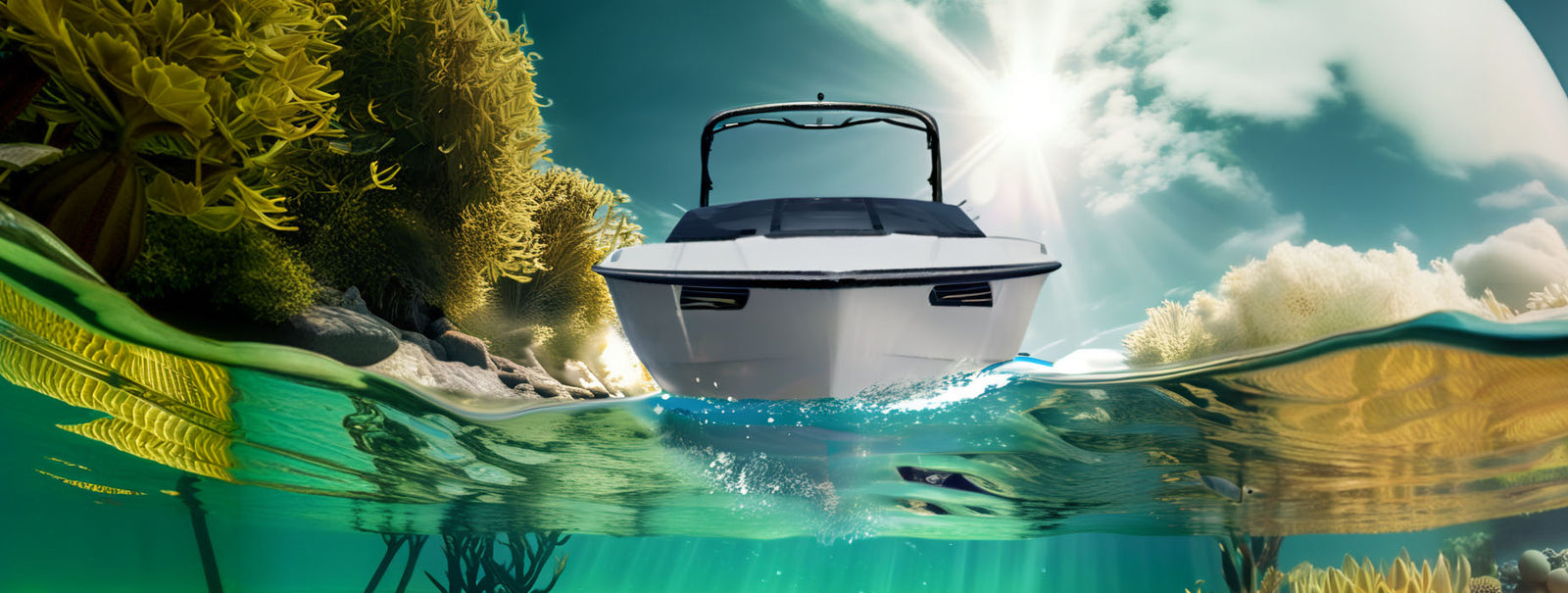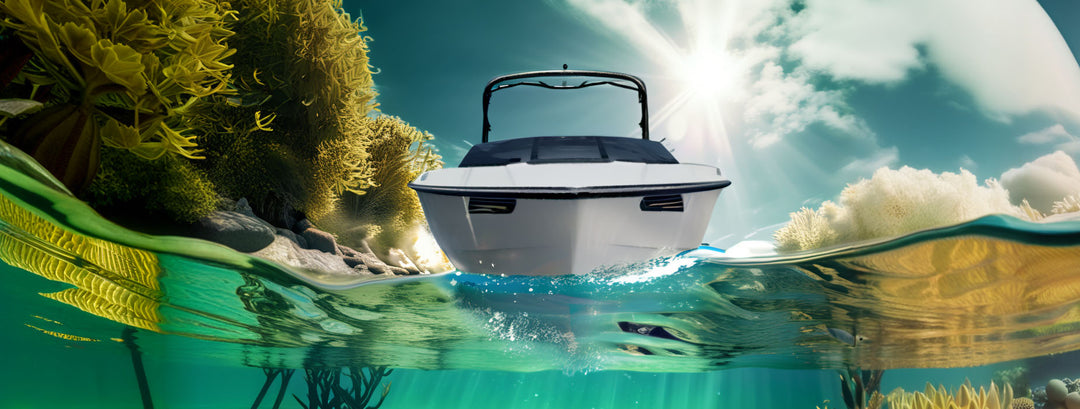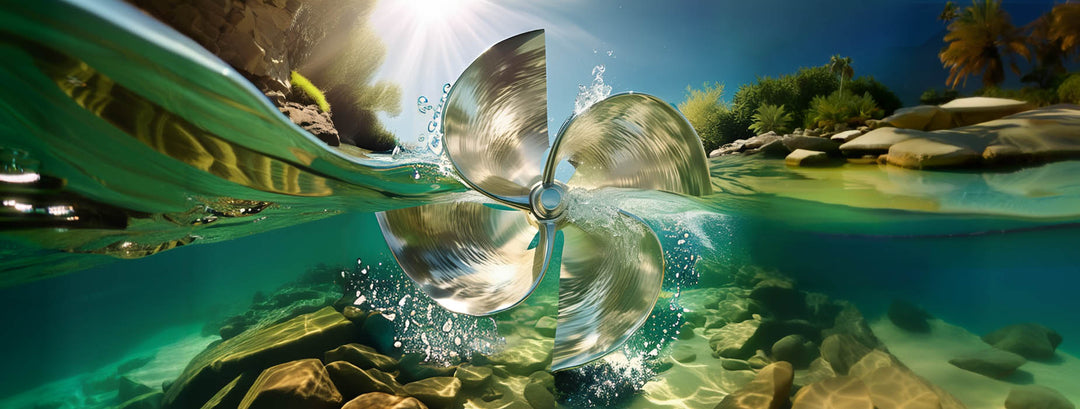Mastering Wake Creation: Unveiling the Influence of a Wake Boat's Hull

In the realm of wakeboarding and wakesurfing, the wake's quality and characteristics stem from various components, with a wake boat's hull standing at the forefront. The hull isn't merely the vessel's foundation; it plays a pivotal role in crafting the perfect wakes that watersport enthusiasts crave. Let's navigate through the importance of a wake boat's hull and its influence on wake creation.
Understanding Hull Design
A wake boat's hull isn't a one-size-fits-all component; rather, it's meticulously crafted with specific designs to influence wake characteristics. Deep-V hulls, modified-V hulls, and other specialized hull designs impact how water flows along the boat's underside, ultimately shaping the wake behind the vessel.
Impact on Wake Shape and Size
The hull's design significantly influences the wake's shape, size, and cleanliness. Deeper hulls tend to displace more water, creating larger and more pronounced wakes suitable for advanced maneuvers, while modified hulls can generate cleaner, narrower wakes ideal for precise tricks and turns.
Ballast Systems and Hull Interplay
Ballast systems further augment the hull's role in wake creation. These systems allow for weight distribution adjustments, complementing the hull's design to fine-tune wake characteristics. The interplay between the hull and ballast systems determines the wake's shape and size, providing customization for various watersport preferences.
Considerations for Wakeboarding and Wakesurfing
For wakeboarders and wakesurfers seeking specific wake conditions, understanding the hull's impact is crucial. Deep-V hulls tend to create larger and more ramp-like wakes, suitable for wakeboarding, while hulls designed for reduced displacement are favored for creating surfable, clean wakes ideal for wakesurfing.
The Role of Hull Maintenance
Maintaining the hull is integral for consistent wake performance. Regular inspections, addressing damage or imperfections, and ensuring proper alignment contribute to sustained wake quality. Any issues with the hull can affect water flow dynamics, subsequently impacting the wake's attributes.
Conclusion: Hull as Wake Architect
In the symphony of wake creation, a wake boat's hull emerges as the conductor, orchestrating the formation of wakes. Its design intricacies, interplay with ballast systems, and influence on water displacement collectively define the wake's characteristics. Understanding the hull's significance empowers watersport enthusiasts to navigate the waters with greater insight, enabling them to harness the full potential of wakes for an exhilarating on-water experience.




